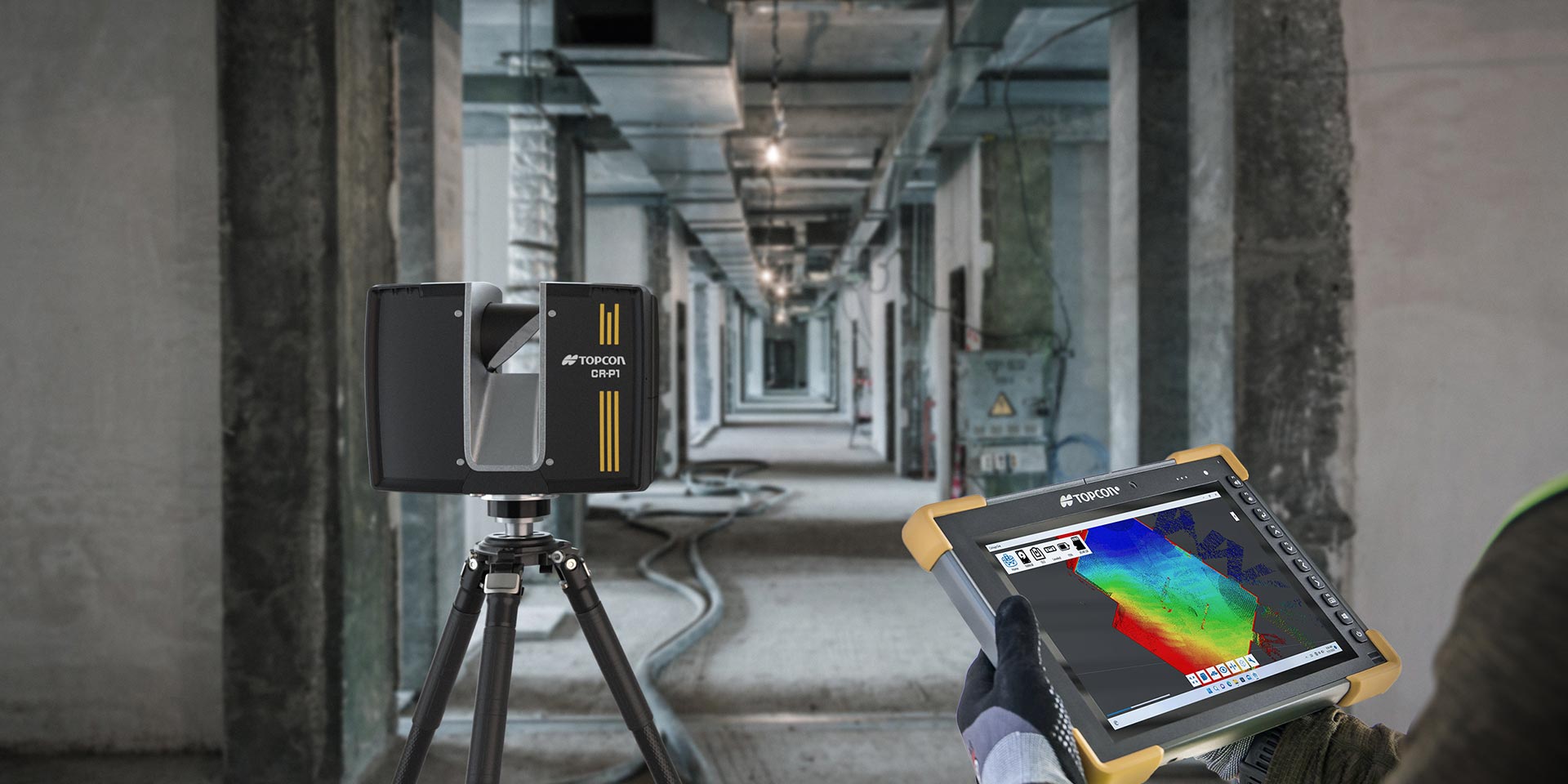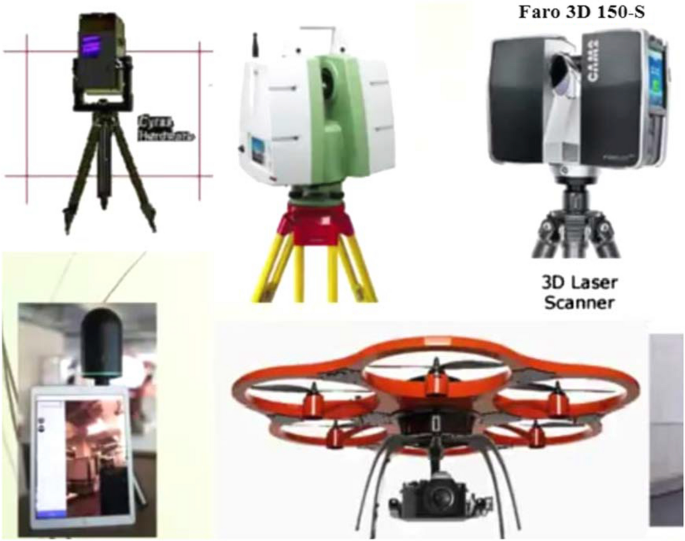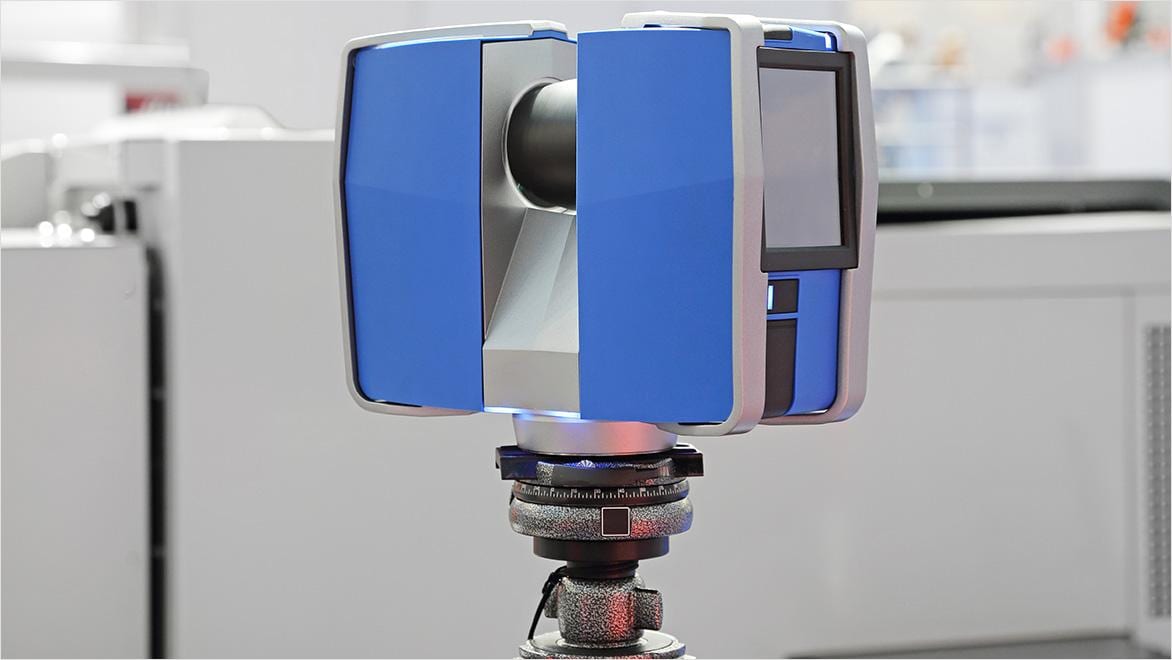Enhancing Manufacturing Processes: The Impact of 3D Laser Scanning on High Quality Control
3D laser scanning innovation is changing quality control in production. By offering high-resolution data and precise dimensions, it allows manufacturers to determine discrepancies from specs effortlessly. This innovation not only streamlines examination procedures but likewise improves operational performance. 3D Scanning. Nonetheless, the application of this innovation features its very own set of difficulties. Exploring these elements exposes the broader effects for markets and the future landscape of manufacturing

Recognizing 3D Laser Scanning Technology
Although 3D laser scanning technology has actually evolved substantially recently, its basic concept remains straightforward: recording the specific geometry of objects utilizing laser beams. This technology employs laser light to gauge ranges between the scanner and numerous points on an object's surface area. The data gathered is after that processed to create a detailed 3D design, properly showing the dimensions and contours of the scanned item.
Commonly, 3D laser scanners can be classified into 2 primary types: contact and non-contact scanners. Call scanners physically touch the things to collect dimensions, whereas non-contact scanners utilize laser light beams to capture information from a range. The convenience of this innovation allows its application throughout different markets, consisting of architecture, construction, and production. Its ability to generate high-resolution designs assists in top quality control, reverse design, and quick prototyping, inevitably boosting style precision and performance in production processes.
Benefits of 3D Laser Scanning in Manufacturing
As manufacturers seek to enhance effectiveness and precision in their processes, the advantages of 3D laser scanning have actually come to be significantly evident. This cutting-edge innovation allows for quick and highly accurate measurements of complex geometries, substantially decreasing the moment needed for high quality checks. By catching in-depth information, producers can identify discrepancies early in the production process, thus reducing waste and rework costs.
Additionally, 3D laser scanning facilitates much better style recognition, allowing engineers to contrast as-built problems with original specifications. This ability ensures that any inconsistencies are promptly attended to, improving total product high quality. Additionally, the modern technology sustains the creation of electronic twins, which can be made use of for simulations and process optimizations. Consequently, producers not only enhance their operational performance but additionally improve their competitive benefit out there. On the whole, the combination of 3D laser scanning stands for a transformative step toward accomplishing greater criteria in manufacturing top quality control.
Integration of 3D Laser Scanning Into Quality Control
Incorporating 3D laser scanning into quality assurance processes boosts the accuracy and efficiency of examinations throughout production. This modern technology makes it possible for makers to capture comprehensive, high-resolution information of settings up and parts, enabling exact measurements and comparisons against design specifications. By employing 3D laser scanning, organizations can recognize variances from tolerances much more efficiently, which is essential for keeping item stability.

Real-World Applications and Study
Real-world applications of 3D laser scanning in manufacturing show its transformative effect throughout numerous sectors. For instance, aerospace firms use this modern technology to conduct accurate assessments of elements, guaranteeing they fulfill rigorous safety and security standards. A remarkable case included a leading airplane maker that employed 3D laser scanning to simplify its quality assurance processes, significantly lowering evaluation times and errors.
In the vehicle field, manufacturers have actually executed laser scanning to produce digital twins of their cars, making it possible for real-time modifications throughout manufacturing. One vehicle company reported a 30% reduction in rework prices after incorporating this innovation into their assembly lines.
Additionally, in the customer products sector, firms are utilizing check 3D laser scanning for quick prototyping, enabling quicker versions and boosted product designs. These applications illustrate just how 3D laser scanning not just boosts accuracy however also boosts performance and development throughout multiple production domains.
Getting Rid Of Obstacles in Execution
Executing 3D laser scanning in manufacturing presents several challenges that companies must navigate to totally understand its benefits. One significant difficulty is the preliminary price of equipment and software program, which can prevent business from embracing this innovation. Additionally, integrating 3D laser scanning into existing workflows calls for check over here getting over resistance to change among workers, requiring thorough training programs to ensure effectiveness. Data management likewise postures an obstacle, as the high quantity of information created by 3D scanning have to be effectively refined and analyzed to derive workable insights. Compatibility issues with legacy systems might hinder seamless combination, demanding potential upgrades or adjustments. Resolving these challenges is crucial for producers intending to improve quality control and enhance production procedures. By developing clear approaches for training, financial investment, and data monitoring, companies can alleviate these obstacles and launch the transformative possibility of 3D laser scanning in their operations.
Future Fads in 3D Laser Scanning for Manufacturing
As manufacturing remains to evolve, the combination of 3D laser scanning with increased automation is expected to change production processes. Boosted data analytics will play a vital function in enhancing and enhancing operations top quality control. These trends highlight the potential for greater effectiveness and precision in making environments.

Boosted Automation Combination
Although the assimilation of automation in production has been progressive, the future of 3D laser scanning is positioned to increase this trend considerably. As producing procedures end up being progressively intricate, the demand for precise, real-time measurements grows. 3D laser scanning innovation provides automated data capture, lowering labor costs and reducing human mistake. This combination permits makers to simplify quality assurance processes, allowing rapid detection of deviations in production. Additionally, the positioning of 3D laser scanning with robotics and automated systems promotes smooth operations, improving total efficiency. As makers embrace these innovative modern technologies, they can expect enhanced precision and efficiency, positioning themselves competitively in a swiftly evolving market. The synergy in between More hints automation and 3D laser scanning marks a substantial leap ahead in producing development.
Improved Data Analytics
The assimilation of automation has led the way for developments in information analytics within the domain of 3D laser scanning. Manufacturers are increasingly leveraging advanced algorithms and artificial intelligence strategies to assess substantial datasets produced by laser scans. This improved data analytics ability enables real-time surveillance of producing procedures, enabling the recognition of discrepancies and flaws much more efficiently than standard approaches. Anticipating analytics can anticipate prospective issues, greatly lowering downtime and improving overall efficiency. Moreover, the ability to picture information in three dimensions supplies much deeper insights into production workflows, fostering much better decision-making. As 3D laser scanning technology remains to progress, the duty of information analytics will certainly come to be increasingly vital in driving advancement and keeping affordable benefit in manufacturing.
Often Asked Questions
What Industries Benefit one of the most From 3D Laser Scanning?
The markets that profit most from 3D laser scanning consist of manufacturing, building, aerospace, vehicle, and health care. These industries utilize the technology for precision measurements, quality control, and effective design procedures, substantially enhancing overall functional performance.
Exactly How Does 3D Laser Scanning Compare to Traditional Dimension Techniques?
3D laser scanning provides greater precision and rate compared to traditional dimension techniques. It captures thorough geometries swiftly, decreasing human mistake and assisting in much better evaluation, which eventually enhances total high quality control in various sectors.
What Is the Cost of Applying 3D Laser Scanning Innovation?
The cost of applying 3D laser scanning innovation differs significantly, generally varying from $10,000 to $100,000, depending on training, tools, and software. Organizations needs to evaluate these expenditures against potential efficiency and top quality improvements.
Are There Certain Software Application Requirements for 3D Laser Scanning?
Yes, 3D laser scanning needs specific software application, consisting of information handling and modeling applications. Common selections incorporate CAD software, factor cloud processing tools, and specialized applications that promote the integration and analysis of scanned information for perfect outcomes.
Exactly how Lengthy Does a Normal 3D Laser Scanning Refine Take?
A normal 3D laser scanning process can take anywhere from a couple of mins to a number of hours, relying on factors like the size of the object, intricacy of the environment, and needed degree of information for precision.
3D laser scanning modern technology is changing top quality control in manufacturing. 3D laser scanning technology has developed significantly in recent years, its essential principle continues to be uncomplicated: recording the precise geometry of objects using laser beams. Integrating 3D laser scanning into quality control procedures boosts the precision and performance of examinations throughout production (3D Scanning). 3D laser scanning modern technology uses automated data capture, decreasing labor costs and minimizing human error. The cost of applying 3D laser scanning technology differs considerably, typically ranging from $10,000 to $100,000, depending on training, devices, and software application